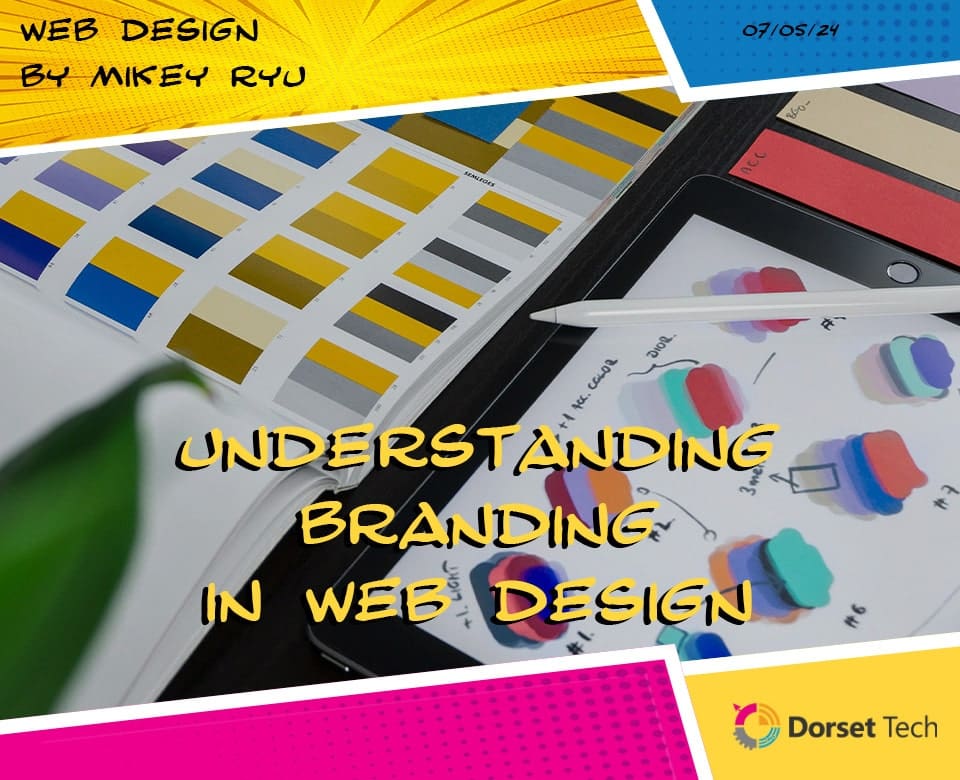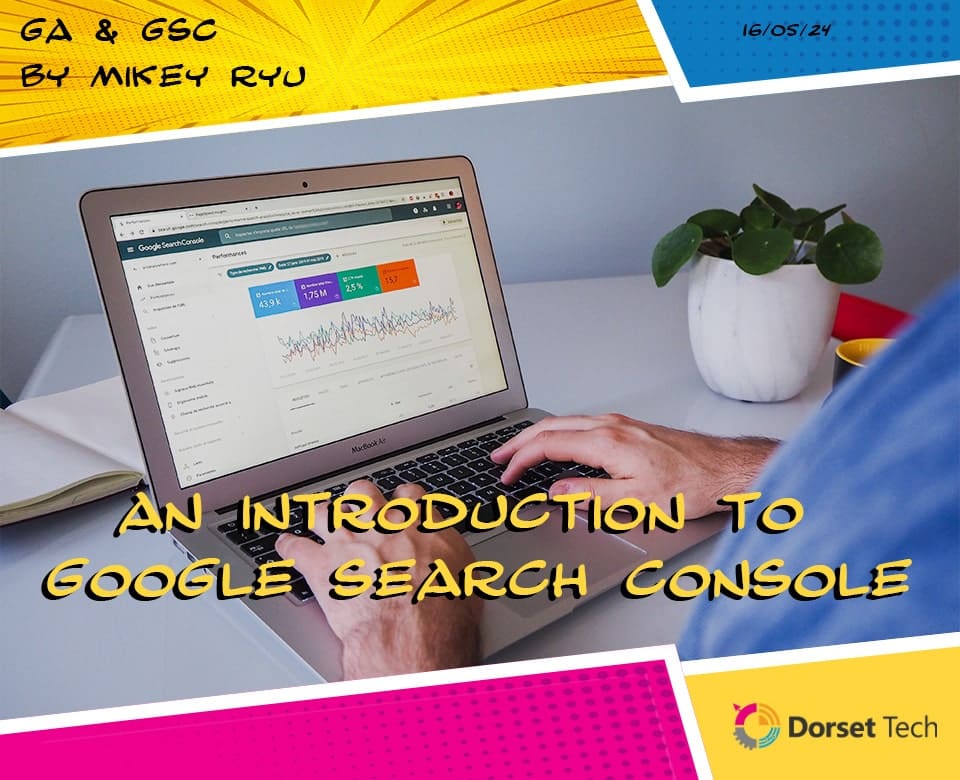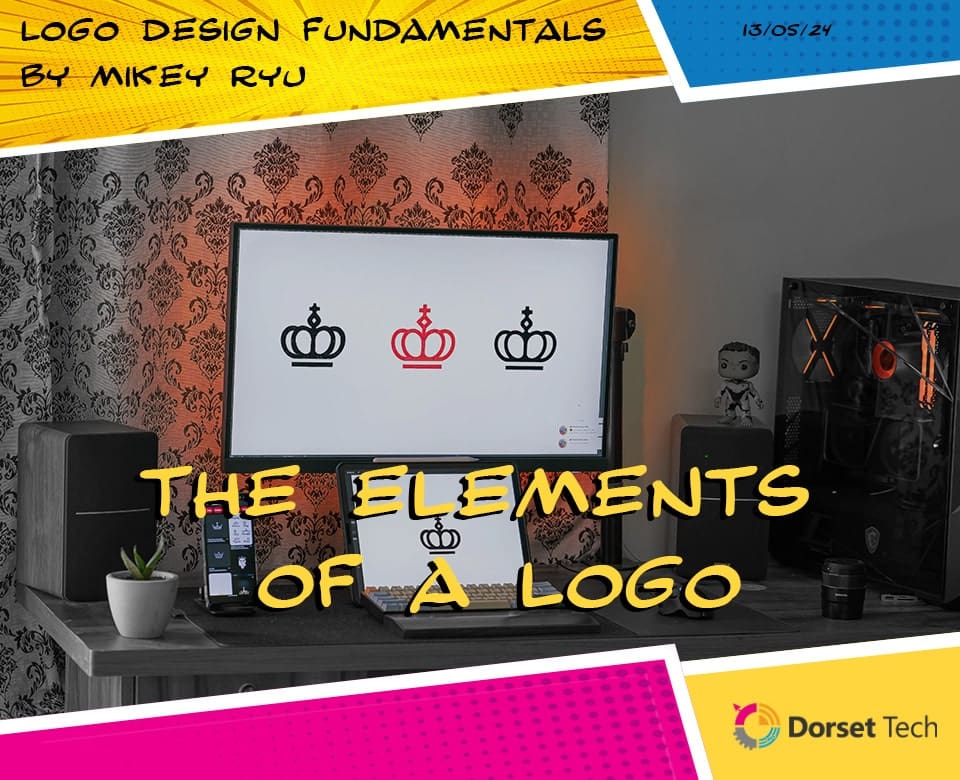
Understanding Branding in Web Design
In the vast landscape of the internet, where millions of websites vie for attention, standing out is not just an option—it’s a necessity. This is where branding in web design plays a pivotal role. It’s not merely about creating a visually appealing website; it’s about crafting an online identity that resonates with your audience, communicates your values, and distinguishes you from the competition. In this blog, we delve into the nuances of branding in web design, exploring its various aspects and its significance in the digital realm.
Defining Branding in the Digital Realm
At its core, branding is about perception—how your audience perceives your business, products, or services. In the digital realm, this perception is shaped by every interaction a user has with your website, from the moment they land on the homepage to the final checkout page. Branding encompasses not only visual elements such as logos, colours, and typography but also the overall user experience, content tone, and messaging consistency.
The Significance of Brand Identity in Web Design
Your brand identity is the essence of who you are as a business—the values you stand for, the personality you exude, and the promise you make to your customers. In web design, your brand identity sets the tone for the entire user experience. A strong brand identity creates trust, fosters loyalty, and differentiates you from competitors. It guides every design decision, ensuring that every element of your website—from the layout to the imagery—reflects your brand’s unique identity.
Translating Brand Identity into Visual Design
Visual design is where brand identity truly comes to life on the web. It’s the language through which you communicate your brand’s personality and values to your audience. From choosing the right colour palette to selecting fonts that evoke the desired emotions, every visual element on your website should align with your brand identity. Consistency is key here—maintaining a cohesive visual style across all pages reinforces your brand’s identity and helps users recognise and remember you.
Incorporating Brand Storytelling into Web Design
Storytelling is a powerful tool for building connections with your audience and conveying your brand’s narrative. In web design, this means using compelling visuals, engaging copy, and interactive elements to tell your brand’s story and evoke emotions. Whether it’s showcasing your company’s origin story, highlighting customer success stories, or conveying your brand’s values through imagery, incorporating storytelling into your website design creates a more immersive and memorable experience for users.
Establishing Brand Guidelines for Web Design
To maintain consistency and coherence across your digital presence, it’s essential to establish brand guidelines for web design. These guidelines outline the visual elements, messaging tone, and design principles that reflect your brand identity. They serve as a roadmap for designers and developers, ensuring that every aspect of your website aligns with your brand’s vision and objectives. By adhering to brand guidelines, you create a unified brand experience that resonates with your audience and reinforces your brand’s identity.
Visual Representation of Brand Identity in Web Design
Your website’s visual representation is the first impression users form of your brand. It’s what sets the tone for their entire browsing experience. From the logo in the header to the images and graphics throughout the site, every visual element should be carefully crafted to reflect your brand’s identity. Whether it’s sleek and modern, playful and colourful, or minimalist and elegant, the visual design of your website should resonate with your target audience and convey the essence of your brand.
Brand Messaging on the Homepage
The homepage is the gateway to your brand—it’s often the first page users see when they visit your website. As such, it’s crucial to craft compelling brand messaging that captures their attention and communicates your value proposition clearly and concisely. Your homepage should convey who you are, what you do, and why users should choose you over the competition. Whether it’s through a catchy tagline, a captivating hero image, or a video that showcases your products or services, your homepage should leave a lasting impression and compel users to explore further.
In conclusion, branding in web design is not just about aesthetics—it’s about creating an immersive and memorable experience that communicates your brand’s identity and resonates with your audience. By defining your brand identity, translating it into visual design, incorporating storytelling, establishing brand guidelines, and crafting compelling brand messaging, you can create a website that not only looks great but also effectively communicates who you are as a brand.





















